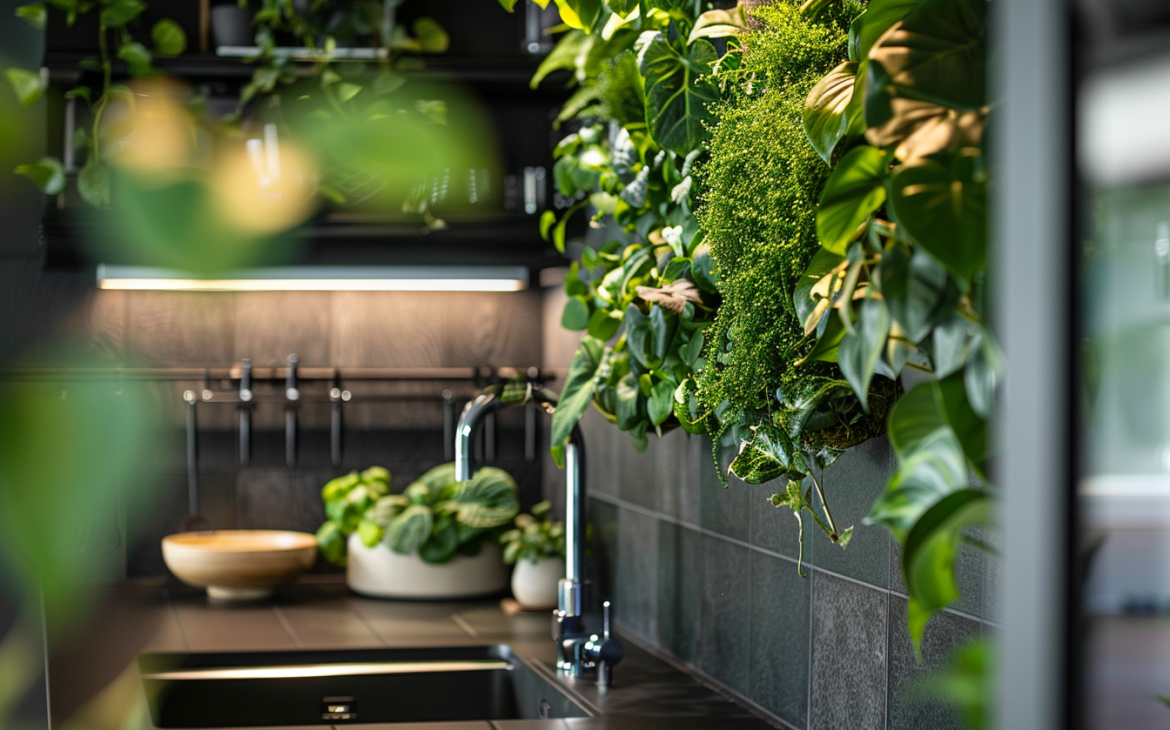Indoor Vertical Gardens: A New Way to Green Your Walls
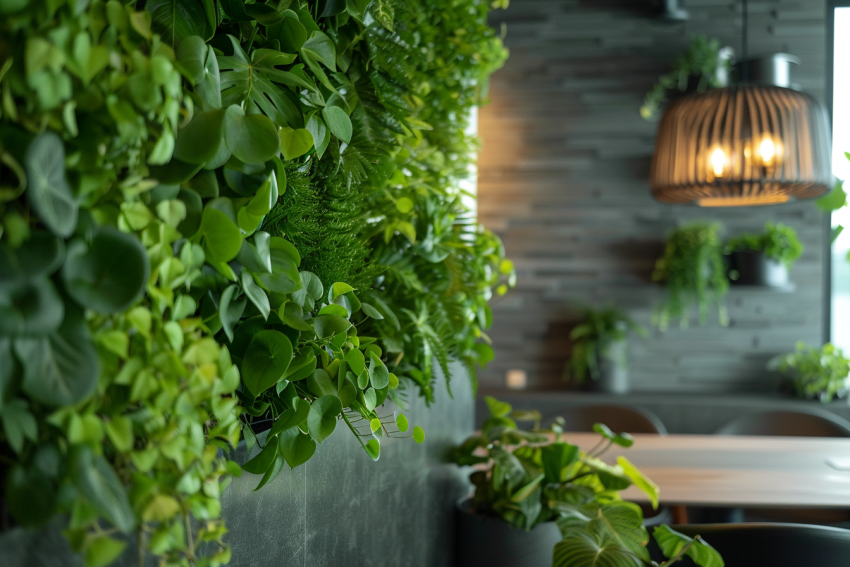
Indoor vertical gardens are transforming the way we interact with nature within our living spaces. As urban dwellers increasingly seek a touch of greenery, vertical gardens offer a sustainable and visually appealing solution.
What is an Indoor Vertical Garden?
An indoor vertical garden, also known as a green wall, is a system that allows plants to grow vertically using a wall or a freestanding structure. This innovative gardening approach maximizes limited space in urban settings and can enhance indoor aesthetics significantly.
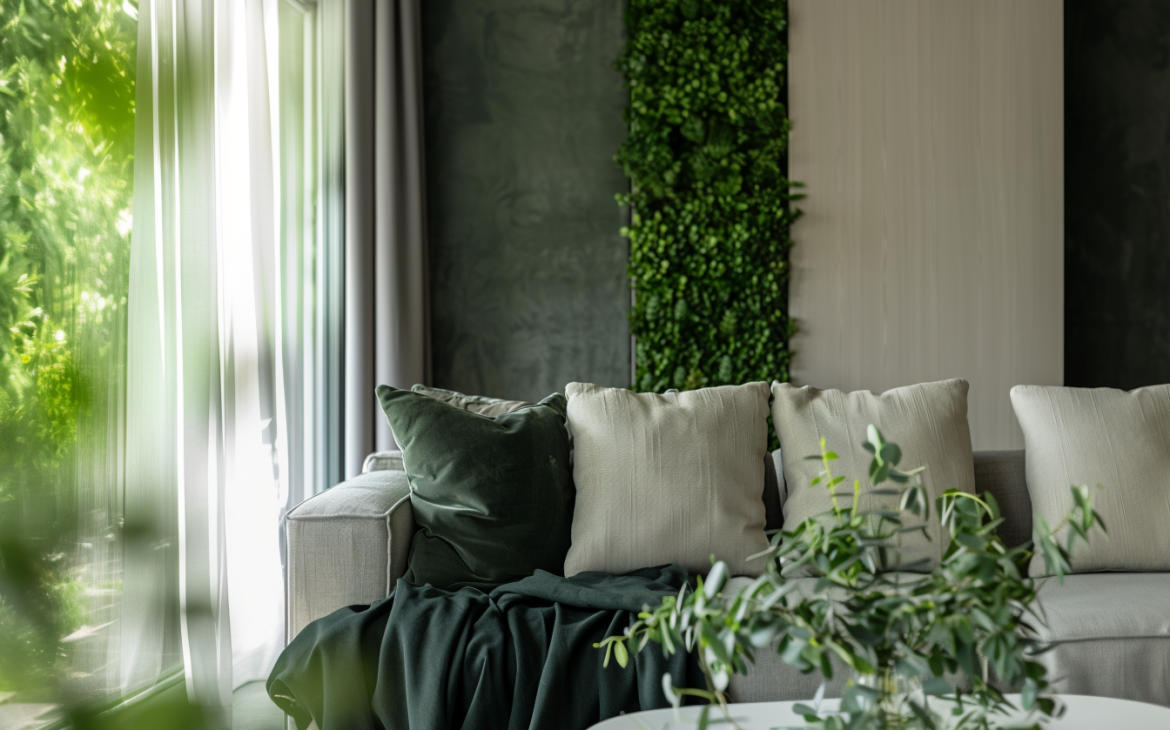
Benefits of Indoor Vertical Gardens
Air Quality Improvement: Plants naturally filter pollutants and carbon dioxide out of the air, releasing oxygen. By incorporating a vertical garden, you can improve your home’s air quality.
Thermal Insulation: A green wall can provide additional insulation to a building, helping to regulate temperature and reduce energy costs in heating and cooling.
Sound Insulation: The plants in vertical gardens can help reduce noise levels inside homes by absorbing, deflecting, or refracting sound waves.
Aesthetic Appeal: Vertical gardens serve as living art installations. They offer a dynamic way to decorate walls that might otherwise go unused, bringing vibrancy and life to any room.
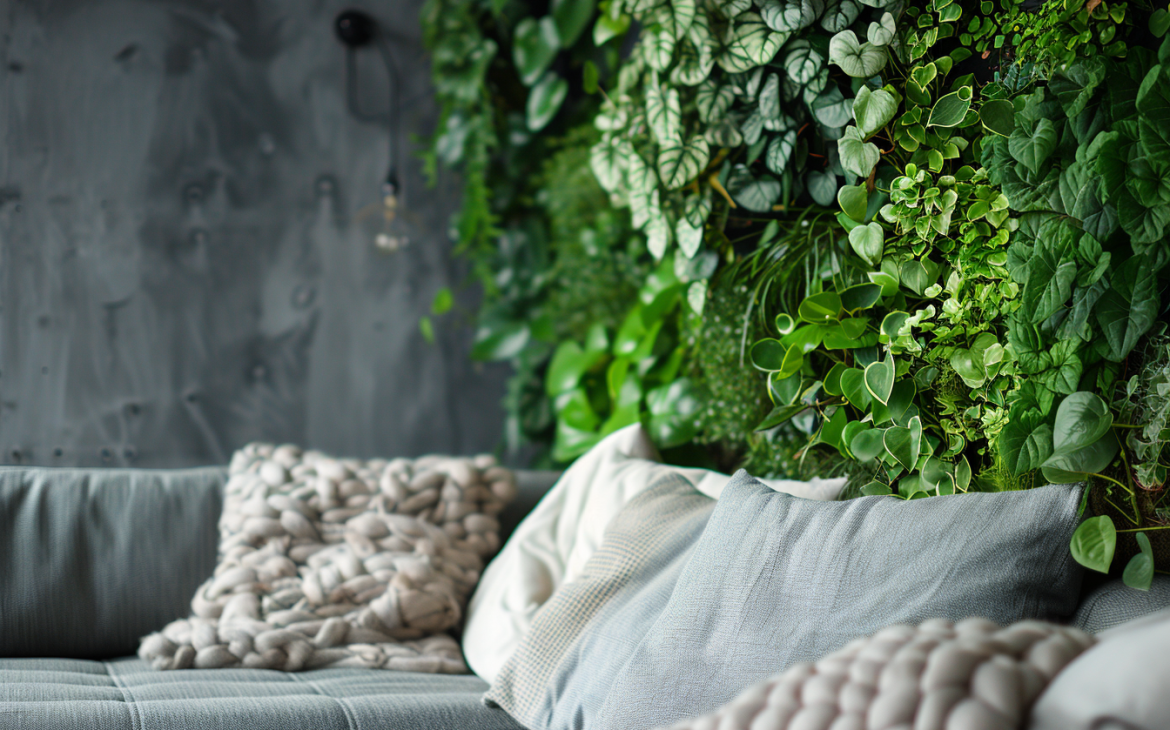
Setting Up an Indoor Vertical Garden
Choosing the Right Location: Identify a wall that receives sufficient light, essential for the plants to thrive. If natural light is inadequate, installing grow lights is a viable alternative.
Selecting the Right Plants: Opt for indoor-friendly plants that require similar light and water conditions. Ferns, succulents, and ivies are popular choices due to their low maintenance and aesthetic appeal.
Structural Considerations: Ensure that the wall and its support structure can handle the additional weight of the plants and soil. Use lightweight materials and secure installations.
Irrigation System: Depending on the size of your vertical garden, installing an irrigation system might be necessary to ensure all plants receive adequate water. Drip irrigation or a hydroponic system can be integrated to distribute water evenly.
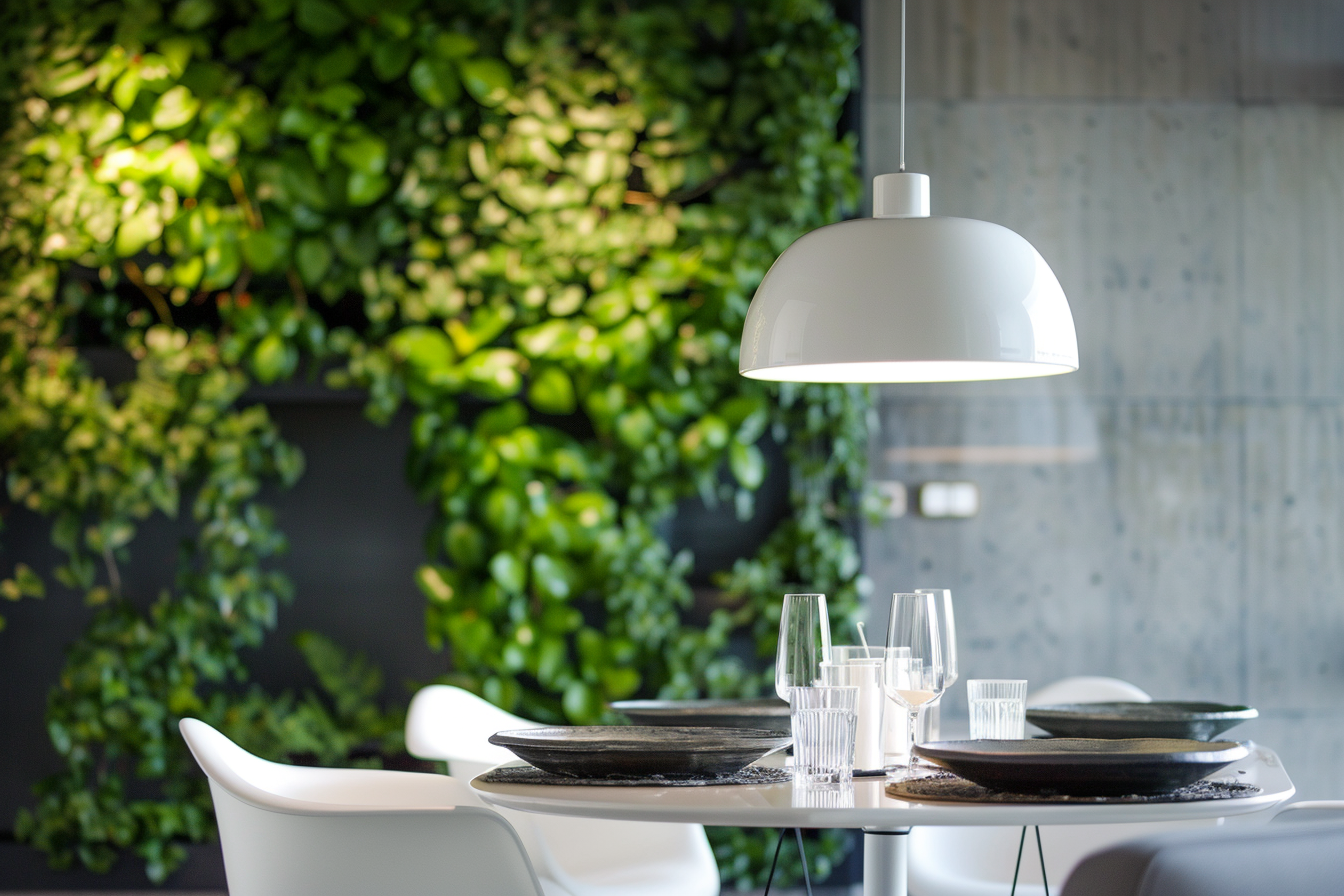
Maintenance Tips
Regular Watering and Feeding: While some systems automate watering, checking moisture levels periodically is crucial. Feed with a balanced fertilizer suited to the specific needs of your plants to promote healthy growth.
Pruning and Care: Trim plants regularly to maintain their shape and remove any dead or unhealthy foliage. This not only keeps the garden looking tidy but also encourages new growth.
Pest Management: Be vigilant about pests. Indoor gardens can still attract bugs. Use natural pest control methods to handle any infestations without harming the indoor environment.
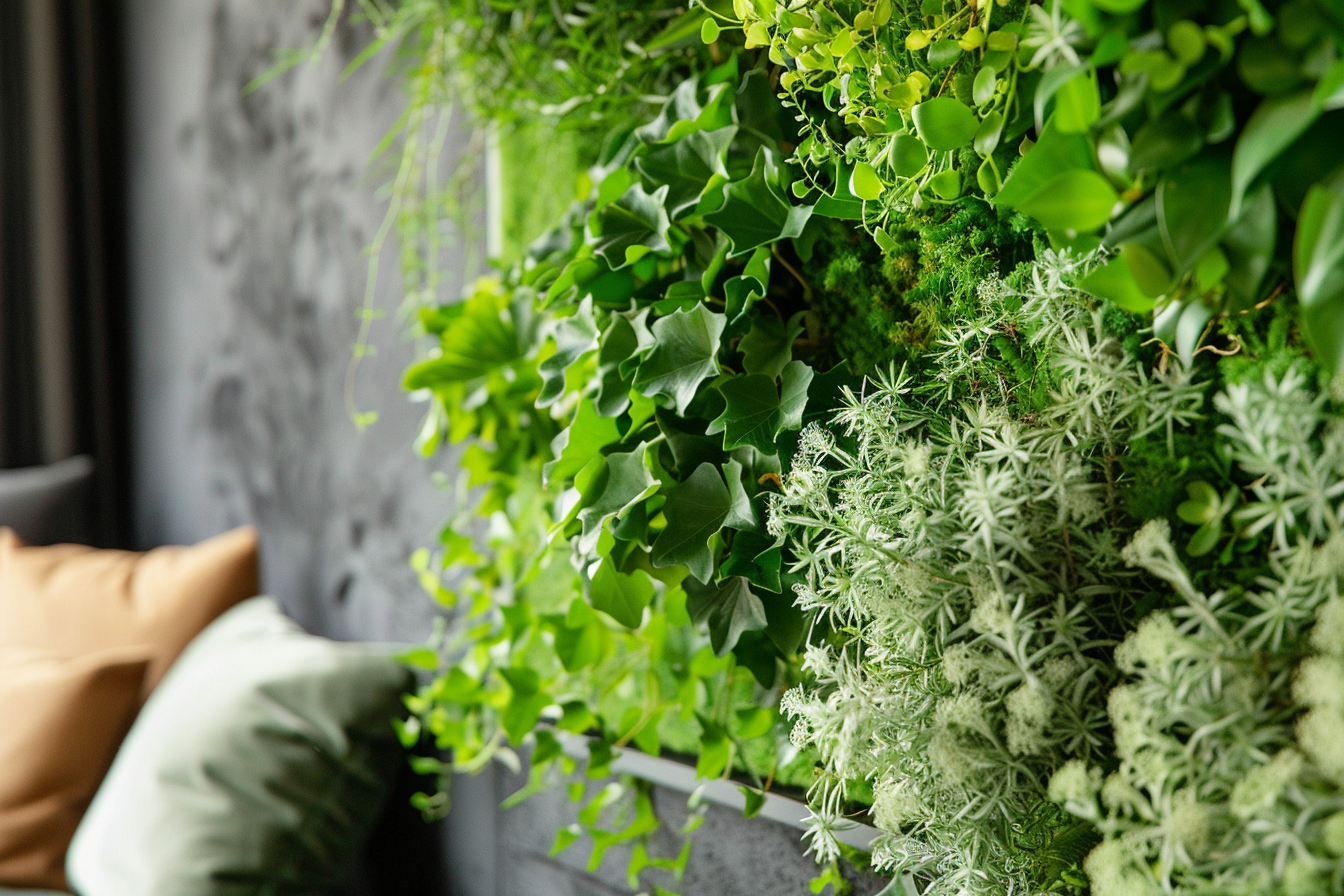
Design Ideas for Vertical Gardens
Herb and Edible Plant Walls: Create a functional culinary feature in your kitchen with herbs and small vegetables. This not only beautifies the space but also adds convenience to cooking.
Themed Plant Walls: Design a tropical paradise or a desert succulent garden, depending on your aesthetic preferences and care capabilities.
Combining Art and Nature: Integrate decorative elements like wooden frames or artistic plant holders to turn your green wall into a focal point of your home décor.
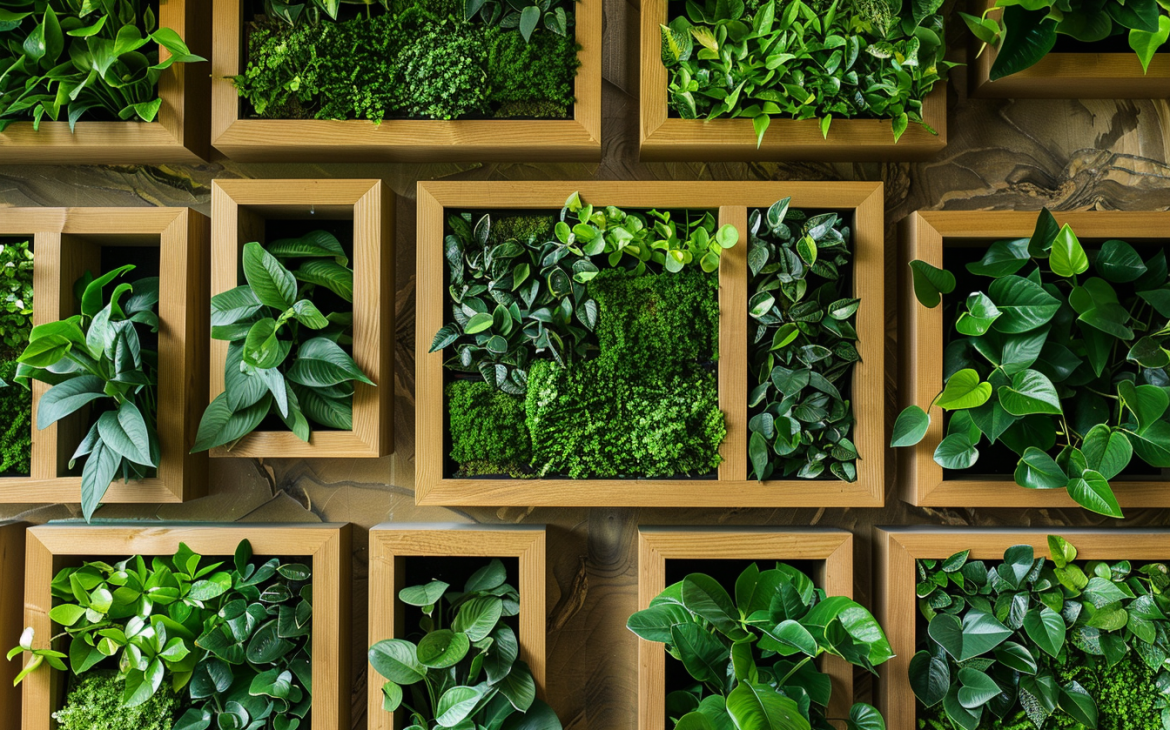
Indoor vertical gardens offer a unique blend of functionality and beauty, making them a perfect addition to the modern home. They allow urban residents to reconnect with nature and bring a slice of the outdoors inside, creating a serene and more pleasant living environment.
To deepen your understanding of crafting unique and personalized spaces, consider acquiring my book, Basics of interior design, available on Amazon. This guide offers a comprehensive exploration of various design principles tailored to distinct environments, providing you with the knowledge and inspiration needed to transform any space.
